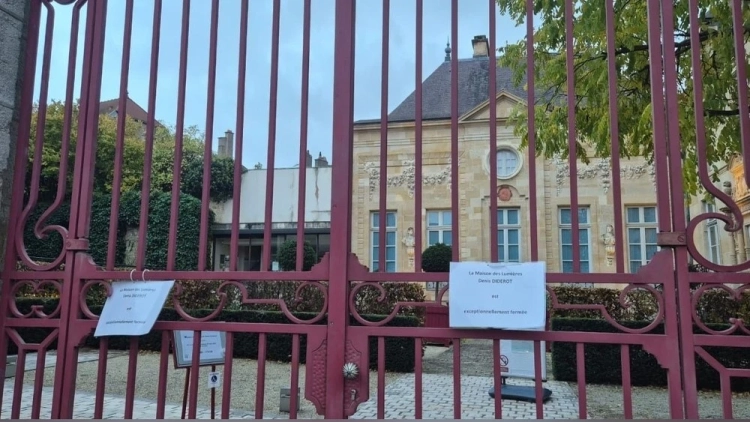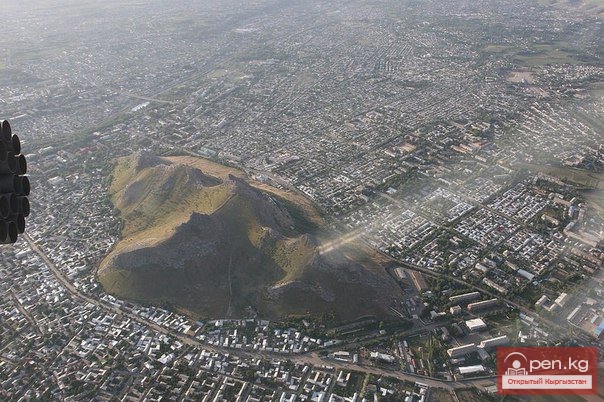
In the late 1920s, the Central Museum of Local Lore appeared in the capital. In 1943, the local...

The Naryn Historical and Local Lore Museum is located in the city of Naryn, on Razzakov Street....

Where is the Toktogul Literary Museum located? The Toktogul Literary Museum is located in the city...

The Kochkor Historical and Local Lore Museum is located in the village of Kochkor, Naryn region....

House Museum named after A. Tokombaev Tokombaev is a well-known Kyrgyz akyn, poet, and composer....

Where is the Chingiz Aitmatov Museum located? The Ch. Aitmatov Museum is located in the village of...

State Historical Museum...

The Jalal-Abad Historical and Local Lore Museum is located in the administrative center of the...

Museum-Reserve The museum-reserve was established in 1949 with the creation of the Osh Regional...

The museum houses exhibits that reflect the life of the entire Kyrgyz people, as well as personal...

Children's Scientific Complex, or abbreviated as "DNA" — is the first interactive...

Kyrgyz State Memorial House-Museum of M.V. Frunze This is the first museum in Kyrgyzstan dedicated...

Art Gallery in Kyrgyzstan The Gapar Aitiev National Museum of Fine Arts is the main artistic...

Memorial House-Museum of Ishak Razzakov This museum complex was established not long ago, on...

National Bank of the Kyrgyz Republic Museum On May 6, 1998, a numismatic exhibition dedicated to...

INFORMATION FROM THE PEOPLE'S COMMISSARIAT OF HEALTH OF THE KYRGYZ ASSR ON THE NETWORK OF...

According to the radio station, the incident occurred on the night of October 20. On Monday...

Kyrgyzstan is quite possibly one of the few places in the world where the snow leopard—a rare...

Bountiful Tyup The Tyup district is located 20 kilometers from Karakol. It is situated in the...

"The Case of the Mummy" The Minister of Culture of Kyrgyzstan, Tugelbay Kazakov, who...

OPEN-AIR MUSEUM The land of Issyk-Kul is rich not only in legends and myths of the past. A vivid...

Geographical Information: An astonishingly beautiful corner of nature in southern Kyrgyzstan at an...

The Issyk-Kul State Historical and Cultural Museum-Reserve (in Cholpon-Ata) occupies an area of 42...

Where is the Open-Air Sculpture Museum located in Bishkek? The Open-Air Sculpture Museum is...

Last weekend, the State Historical Museum opened its doors with a special program - a night event....

When: August 28 at 10:00 AM...
The museum "House of Enlightenment Denis Diderot," located in Langres in the northwest of...

The Tokmok Historical and Local Lore Museum is located in an old beautiful building situated in...

Let's go to the museum together! Shall we meet? Let's get acquainted? On December 22,...

Traveling along the eastern part of the Issyk-Kul Lake coast, you will definitely find yourself in...

The book consists of six main sections that narrate the establishment and development of the...

The State Historical Museum of the Kyrgyz Republic is one of the largest museums in Central Asia....

Harmoniously solved tasks by a team of painters. In the first half of the 1960s, the team in...
API error: no response...

Established in 1959, covering an area of 23,868 hectares, it includes unique nut forests and...

The Buddha statue found in 2011 will be transferred to the Historical Museum by 2015. This was...

Frunze, May 19, 1959 Having considered the issue of constructing a panoramic cinema in the city of...

RESOLUTION OF THE EXECUTIVE COMMITTEE OF THE FRUNZE CITY COUNCIL OF WORKERS' DEPUTIES...

The memorial complex "Ata-Beyit" is a structural subdivision of the Bishkek city...

FORMER PUSHCHINSKAYA In the capital, there are three streets named in honor of the Great October...

Do you remember the business people from O. Henry's stories? No, not the adventurous plot...

Holy Sulaiman-Too The city of Osh is considered one of the largest and oldest cities in Central...


Kyutin Vitaly Grigoryevich Born on April 9, 1947, in the city of Frunze. In 1968, he graduated...

Wildlife of the Republic of Kyrgyzstan People around the world are increasingly interested in...

Saker Falcon. A large falcon, usually with reddish-yellow tones in its plumage. It has quite large...

Museums are living organisms that help establish and strengthen connections between individual...

THE ROAD THAT GREW INTO A BOULEVARD Once, this was a road leading to the Airport, further on to...